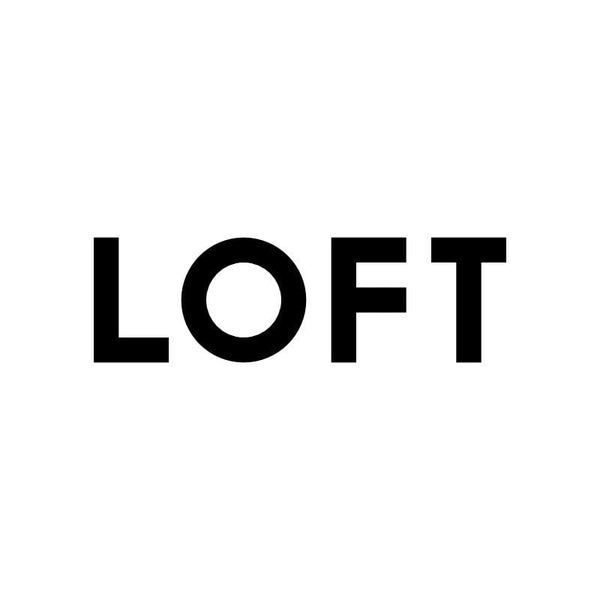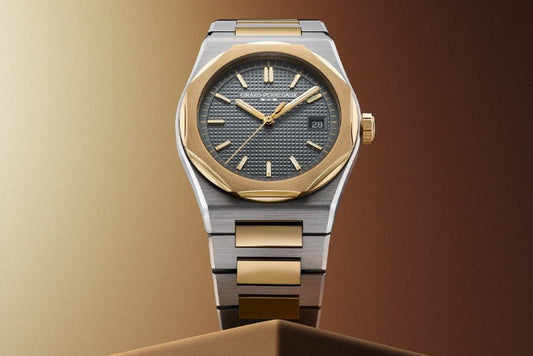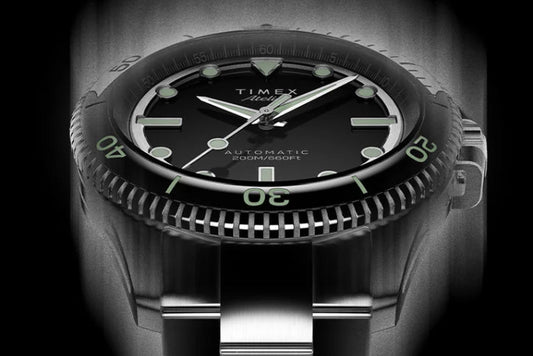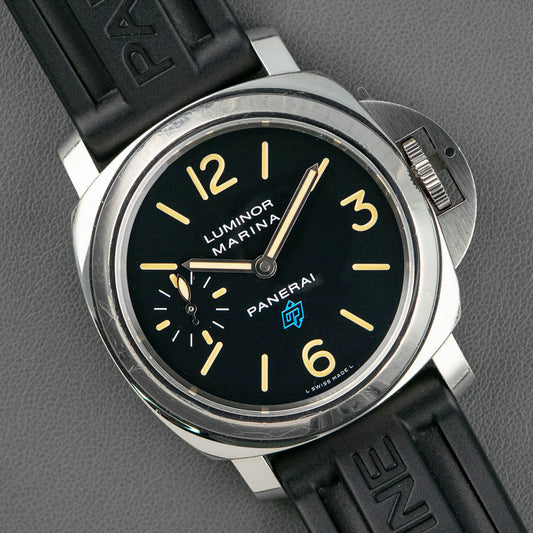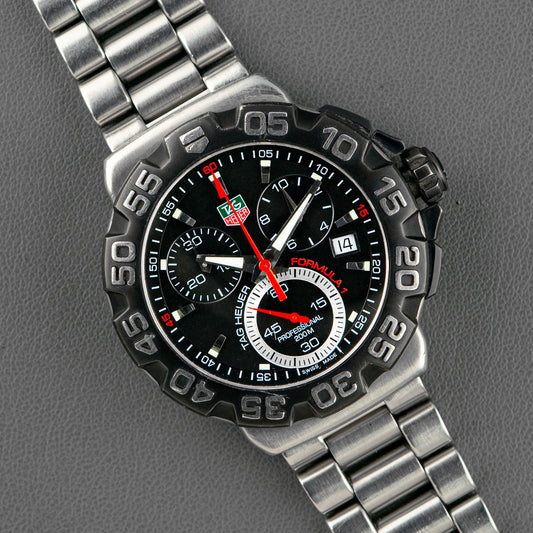7 things you need to know about Longines
LOFTPart of the Swatch Group since 1983, Longines has a much longer and richer history. The Swiss brand is heir to a long tradition of superior watchmaking and, since its inception, has strived for technical and aesthetic excellence, creating truly exceptional timepieces along the way.
If you haven't yet had a chance to visit the company's headquarters in Saint-Imier and explore the museum that tells the grand history of Longines, don't worry. Here are seven things you might not know and should know about the winged hourglass brand, its innovation, elegance, and love of adventure and sports:

1. Its name is a place
In 1832, August Agassiz founded a watchmaking agency in Saint-Imier, Switzerland, that manufactured and sold pocket watches similar to those produced by Swiss watchmakers in general. However, thanks to his contacts in the United States, he developed a very successful international trade with the other side of the Atlantic over the next decade.
In 1852, he was joined by his nephew, Ernest Francillon , a trained economist who gradually took over the reins of the family business. Fifteen years later, in 1867, it was Francillon who opened the Longines factory in Saint-Imier, located in the eponymous place of Les Longines , which means "long fields" or "elongated meadows" .

2. It is the oldest registered trademark in operation
The far-sighted and visionary Ernest Francillon decided to take protective measures for his company, registering the trademark first with the Federal Office of Intellectual Property in 1880, and then the famous logo in 1889. By 1893, they had worldwide protection through registration with the International Bureaus for the Protection of Intellectual Property, the forerunner of the WIPO. Thus, Longines is the oldest unchanged trademark still active at the WIPO.
Such is the House's love for its emblems that in 1992, to celebrate the 160th anniversary of its history and the 125th anniversary of the use of its trademark and its winged hourglass logo, Nicolas G. Hayek , founder and Chairman of the Swatch Group , and Walter von Känel , President of Longines, inaugurated the Longines Museum on the Saint-Imier premises. This museum was completely renovated in 2012 to mark the company's 180th anniversary.

3. It is a pioneer in the industrial production of watches
It was in 1876 that Jacques David , Technical Director of Longines, traveled to the United States for the World's Fair held in Philadelphia , as a delegate of the Société Intercantonale des Industries du Jura . The report he submitted upon his return is generally considered to have triggered the industrialization of Swiss watchmaking, which was still based on an établissage (subcontracting) production system. Thanks to Francillon's vision and David's efforts, Longines became a pioneer in the mechanization of watchmaking production.
Thanks to these new mechanical processes, Longines produced a simple chronograph movement in 1878, the caliber 20H , patented by watchmaker Alfred Lugrin . It was the first device Longines manufactured for timing and timekeeping, fields in which the brand would excel from the late 19th century.

4. It is the watchmaking house of the Equestrian
From as early as 1881, the brand's earliest known advertisements refer to equestrian sports. The monopusher chronograph patented by Lugrin became the star product. These first Longines chronographs sold in the United States served not only gamblers and spectators in the stands at racetracks, but also all stakeholders in the equestrian world. By 1886, Longines was equipping most of the New York sports judges.
125 years later, and having signed a long-term partnership with France Galop in 2011, Longines becomes the title partner of the Prix de Diana Longines at the Chantilly racecourse. Among the famous horse races for which Longines now provides timekeeping are: Royal Ascot , the Melbourne Cup Carnival , the Kentucky Derby , and the Dubai World Cup .
In 2013, the International Equestrian Federation ( FEI ), represented by its President Princess Haya, and Longines, represented by the President of the Board of Directors of the Swatch Group, Nayla Hayek, signed a partnership agreement, with Longines becoming the Title Sponsor, Official Timekeeper and Official Watch of the FEI. On June 16 of the same year in Chantilly, Louis Romanet, President of the International Federation of Horseracing Authorities ( IFHA ), and Walter von Känel, President of Longines, announced the signing of a long-term partnership, which saw Longines become the Title Sponsor and Official Watch of the IFHA.

5. It is a pioneer in precision timekeeping
Longines knew very early on that precise timekeeping was one of its strengths, and so in 1912 it created the first electromechanical sports timing system, based on the cut-thread system, first used at the Federal Gymnastics Festival in Basel . Seven years later, in 1919, Longines was appointed official supplier to the International Aeronautical Federation , for which it specifically developed high-precision, highly reliable navigation instruments designed to time the records broken by aviation pioneers, notably through the Director of Longines in the United States, John PV Heinmuller .
With the turning of the tide, Longines developed its first quartz watch in 1954, which quickly set a new and impressive series of precision records at the Neuchâtel Observatory. The "Chronocinégines" features a 16 mm camera coupled to a quartz watch and provides judges with a film containing a series of 1/100th of a second shots so they can follow the athletes' movements across the finish line. Using this device, Longines timed Donald Campbell aboard his Bluebird II as he sped across Lake Eyre in Australia ten years later to break the world land speed record of 648.565 km/h in 1964.

Likewise, in 1982, Longines became the official timekeeper of F1 races for 10 years by signing a technical collaboration agreement with the Ferrari and later Renault teams. Three years later, in 1985, Longines was appointed official timekeeper for all rhythmic and artistic gymnastics competitions organized by the International Gymnastics Federation ( FIG ). The same would happen in 2007 for tennis and the French Open at Roland Garros , and again for alpine skiing competitions organized by the International Ski Federation , for whom it had already provided timekeeping since 1933, in Chamonix.
Longines also participated in the Glasgow 2014 Commonwealth Games as Sponsor, Timekeeper and Official Watch, a role it had previously played in Perth, Australia, in 1962. A year later, in 2015, Longines introduced a revolutionary development in the world of timing and technology in horse racing: the Longines Positioning System (LPS) . This system provides instant data on the exact position of horses during a race, the distance between horses and their speed, with a margin of error of less than 5 centimetres.

6. It has a long history of awards
Barely inaugurated by Ernest Francillon, in 1867, the Longines factory began production of its first movement: the 20A . This 20-ligne calibre was equipped with an anchor escapement and a push-button winding and time-setting device, and won an award at the Universal Exhibition in Paris that same year.
At the dawn of the 20th century, Longines won the Grand Prix at the 1900 Paris World's Fair with a pocket watch called "La Renommée" equipped with the caliber 21.59 . It thus became the company that would win the most Grand Prix at these events.
As early as 1972, Longines, in collaboration with Ebauche SA and Texas Instrument Incorporated, introduced the "Longines LCD" (Liquid Crystal Display), a digital display using a liquid crystal screen. The watch received the highest distinction of the IR100 ( Annual Industrial Research Conference and Awards ). Three years later, in 1975, the Saint-Imier brand was awarded a Rose d'Or of Baden-Baden for a watch called "Cleopâtra," inspired by oriental lines and on a "slave" bracelet.

7. Its history is full of innovations
It was 1913 that Longines developed its first monopusher wrist chronograph calibre: the 13.33Z . This superb 29.00 mm diameter movement was equipped with a 30-minute instantaneous counter and measured time with an accuracy of 1/5 of a second. Fourteen years later, in 1927, Commander P. Van Horn Weems of the United States Navy developed the "Weems System of Navigation" , a series of navigational devices. Together with Longines, he developed a rotating disc watch that allowed the wearer to synchronise the seconds hand with a GMT signal, essential for navigation: the Longines Weems Second-Setting Watch , patented in 1935.
After having overcome the challenge of crossing the North Atlantic solo and non-stop, in 1927, pilot Charles A. Lindbergh designed a navigation instrument, which he entrusted to Longines. Used in conjunction with a sextant and a nautical almanac, the 1931 Lindbergh Hour Angle watch—based on the 1927 Weems model—allowed aviators to calculate longitude, which, together with latitude, gave them their exact geographical location.

In 1939, Longines used the high-precision 21.29 movement to develop a siderograph , a device that provides Greenwich sidereal time expressed in degrees, minutes and fractions of minutes of arc, and serves to speed up position calculations by directly indicating the hour angle of the vernal point with respect to Greenwich.
Thirty years later, and in the midst of the race for the first mass-produced quartz watch, the highly confidential "hourglass project" was concluded in 1969: Longines presented the first cybernetic quartz calibre for wristwatches, the L6512 , called Ultra-Quartz .
The manufacture returned to its roots in 1977 and developed a mechanical calibre, the L990 , with automatic winding and two barrels positioned on the same plane. Measuring 2.95 mm in height, it was the thinnest automatic movement in its category in the world, at the height of quartz technology. Two years later, in 1979, Longines launched a 1.98 mm thick quartz watch called the Feuille d'Or , the first watch to fall below the 2 mm limit.

Conclusion
In this series of posts on the LOFT blog, we reaffirm our fascination with the watchmaking tradition of lower-profile brands like Longines , Tissot , and Montblanc . This time, we're not only discussing an elegant brand that has designed and manufactured distinguished, classic watches for generations, but also its perhaps lesser-known side, as a pioneer in numerous industry innovations, especially as a major historical timekeeper of the world's most important events.
We invite you to do as our grandparents did and trust Longines to measure the times of your life.
Visit our selection of Longines watches, share and comment!
